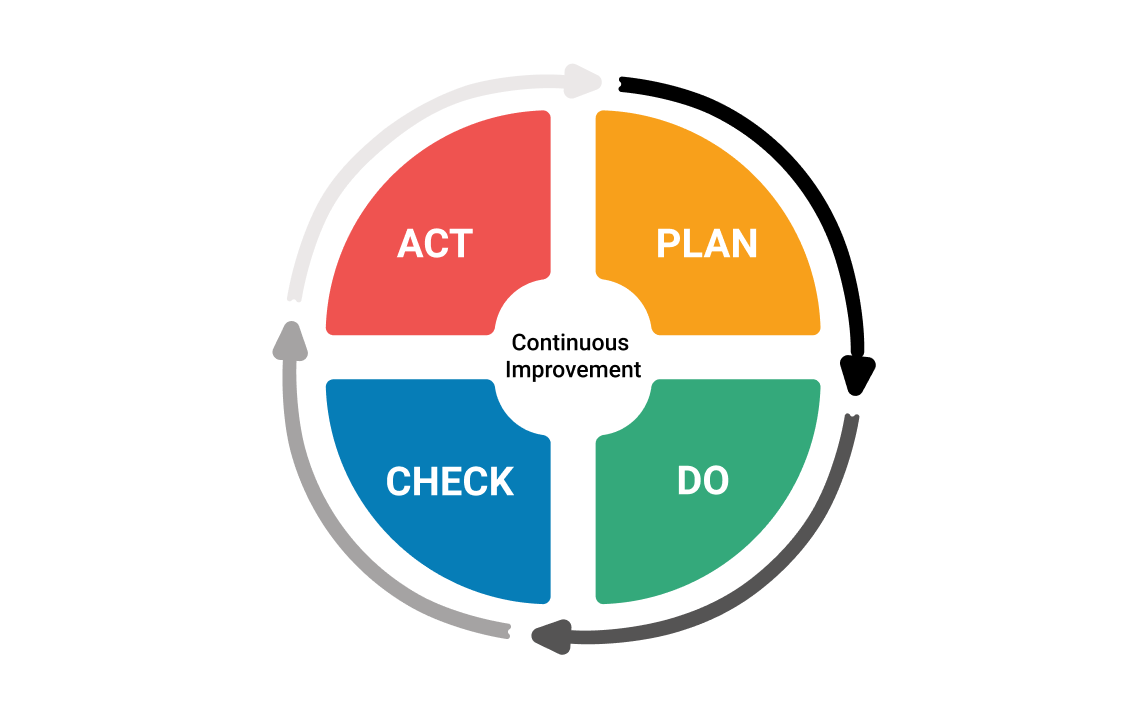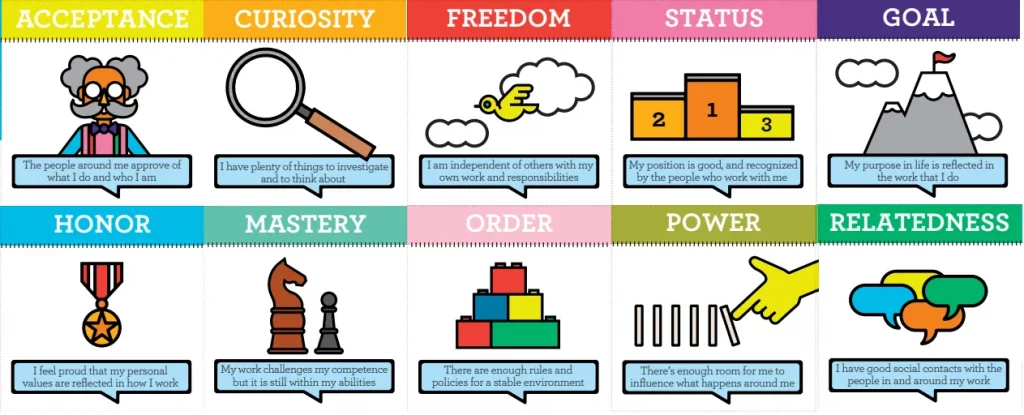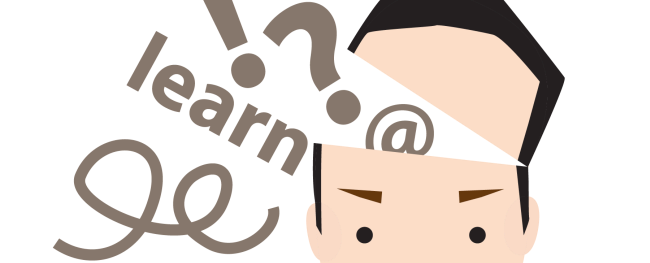By Jurgen Appelo.
This post summarize the book How To Change The World: Change Management 3.0 by Jurgen Appelo.
Foreword
Getting started in the right way is usually the hardest and most important step. Reasons and arguments don’t work: they just lead to counter-arguments and more arguments. Instead, the best way to begin is to find an example of things going well somewhere, and then communicate that in a story. By getting people to talk in a story-telling mode about times when things went well, they come up with their own ideas that contain the kernel of the future.
From Failure to Furor
W. Edwards Deming wrote decades ago that bonuses are bad for business. But most managers around the world are still using them.
How To Change Other People
The hardest part of continuous improvement in organizations is changing the behavior of other people.
Is behavior really what you want to change? Don’t you want to make them understand first? Change their value systems, and their beliefs? If you succeed at changing mindsets, people will behave differently and this may well lead to behaviors you had not expected but that could be even better than what you were hoping for.
Arrange the structures and conditions to reduce the probability of destructive behaviors and to encourage the possibility of beneficial ones.
The Mojito Method

The taste is amazing despite the fact that the separate ingredients are actually rather boring. Same can also apply to ideas. So mix different ideas from multiple sources.
Recent research has shown that the copying of ideas is the most successful of all strategies.
Change Management 3.0
- First, Dance with the System
- Second, Mind the People
- Third, Stimulate the Network
- Fourth, Change the Environment
Dance with the system

Mind the People

Stimulate the Network

Change Environment
The Five I Models
- Information
- Identity
- Incentives
- Infrastructure
- Institutions
Dance with the System
Plan
To get people moving, they need a Goal (a Vision).
Once you know the destination, the best way to get started is to find an example of things going well somewhere, and then to copy the good behaviors.
Ask people: “What is your best project?”
Do
To get people going, start with small steps. Don’t just throw the big picture at them, but also give them clear and achievable short-term goals.
Carefully pick the right time and the right place to get started.
Check
Ask feedback: Happiness door
Early and frequent feedbacks and adjust accordingly. Measure which interventions have the right effect on people and which ones don’t.
Act
Fast feedbacks reduces the risk of getting wrong.
- Kaizen: continuous change in small steps
- Kaikaku: radical change in bigger steps
Mind the People
ADKAR is useful because it reminds that a successful personal change of the people in an organization usually requires your attention in multiple areas.
Awareness
You will have to repeat your message constantly, and in many different ways. (Made to stick book.)
There is no greater motivator than a leader who is leading by example.
Desire
Make it urgent and desirable.

Knowledge
Some people need help adopting a change, assist them. A recognized expert can sometimes make more of a difference than a smart colleague.
Communicate an idea using stories, exercices, games, and discussions. Try to make people laugh. Or cry. Move their minds and their bodies. And allow them to teach each other.
Ability
Make it easy. Change agents work on removing barriers and making room for practice.
Reinforcement
When people change, they need to see and feel they are doing a good job.
Adding a social addictive aspect, which leads to reinforcement of the desired behavior.
Stimulate the Network
Identify each group.
Initiators
No change effort can succeed without change agents being fully committed.
Try to involve some friends or colleagues you can trust to help you.
Innovators
It is not uncommon for innovators to receive special treatment from change agents.
Not spend too much time fighting critics and skeptics.
Don’t sell your idea to innovators who are not respected by the rest of the people you want to convince.
Early Adopters
Find out who the connectors in your organization are. Focus first on secretaries and office managers. Find some “big name sponsors”, or influential people who believe in your ideas.
Early adopters group contains connector and leaders, who are able to influence a lot of people.
Early Majority
The way you address the majority will be different from the way you address the earlier groups.
Innovators and early adopters loved the iPad design, multi-touch features, and just the fact that it was a new device made by Apple. The majority don’t care about such things. They cares more about being able to watch movies on the train.
Make it viral. Part of the challenge of reaching the majority is to delegate your work to other people.
Success of gmail is that people (early adopters) used these free email clients to send messages to their friends (the majority).
Late Majority
By listening to criticism you can often find ways to improve. And improvements leads to short-term wins that can be used to convince more people, and corner the skeptics.
Use the feedback you receive to learn, not to fight.
Laggards
Don’t cry victory too soon! Make sure the change is still happening and maintained.
Analyzing the stakeholders in a change initiative is part of 3stimulating the Network”.
Change the Environment
Self-organization isn’t the holy grail of effectiveness. In some situations you have to prevent a Tragedy of the Commons situation, whereby people or teams optimize only their own work, not taking into account the “greater good” an organization is trying to achieve.
When you manipulate the environment, you automatically also . manipulate the behavior of people.
- Information: Use information radiators to make people aware of the consequences of their current behavior.
- Identity: Appeal to a higher identity (corporate culture) so people feel a need to work together.
- Incentives: Give small rewards for good behavior (compliments), not especially good results.
- Infrastructure: The tools and infrastructure you set up around people will influence and guide behaviors.
- Institutions: Introduce communities of practice that can set standards for good conduct.
B=f(P,E) – Behavior / Person / Environment. Instead of changing people themselves, change the environment and let people re-organize themselves.
Information

Make sure the progress toward change can be seen by anyone, show them how their current behavior compares to what is actually needed.
Sometimes you must help people communicate better so that good behavior spreads more easily across the network.
Identity
People are social creatures, they like to be part of something larger.
Behavior is contagious when people pressure each other to change. You can tap into the power of peer pressure so that people convince each other to adopt a new behavior, and you don’t have to do anything.
Incentives
Rewarding good results differs from rewarding good behaviors.
A simple “Thank you”.
Infrastructure
Change initiatives are often thwarted by barriers in the environment.
Sometimes all that is needed for people to change is some guidance in the right direction. Apply some visual management techniques to influence people’s behaviors.
Sometimes the barriers are in the people’s heads, when they simply believe they are not able or allowed to do what you desire.
Institutions
The trick is to urge people to come up with some form of governance by themselves.
Suggest that they set up communities of practice, which have the power to define organization-wide rules for desired and undesired behaviors.
Conclusion
“Good management is the art of making problems so interesting and their solutions so constructive that everyone wants to get to work and deal with them”. Paul Hawken.
You can’t directly change the culture of an organization. But you can change some behaviors, and if the new behaviors are sustainable, then the emergent outcome is that you have changed the organization’s culture.
Book: Fearless Change
Activities: Delegation Poker, Moving Motivators
